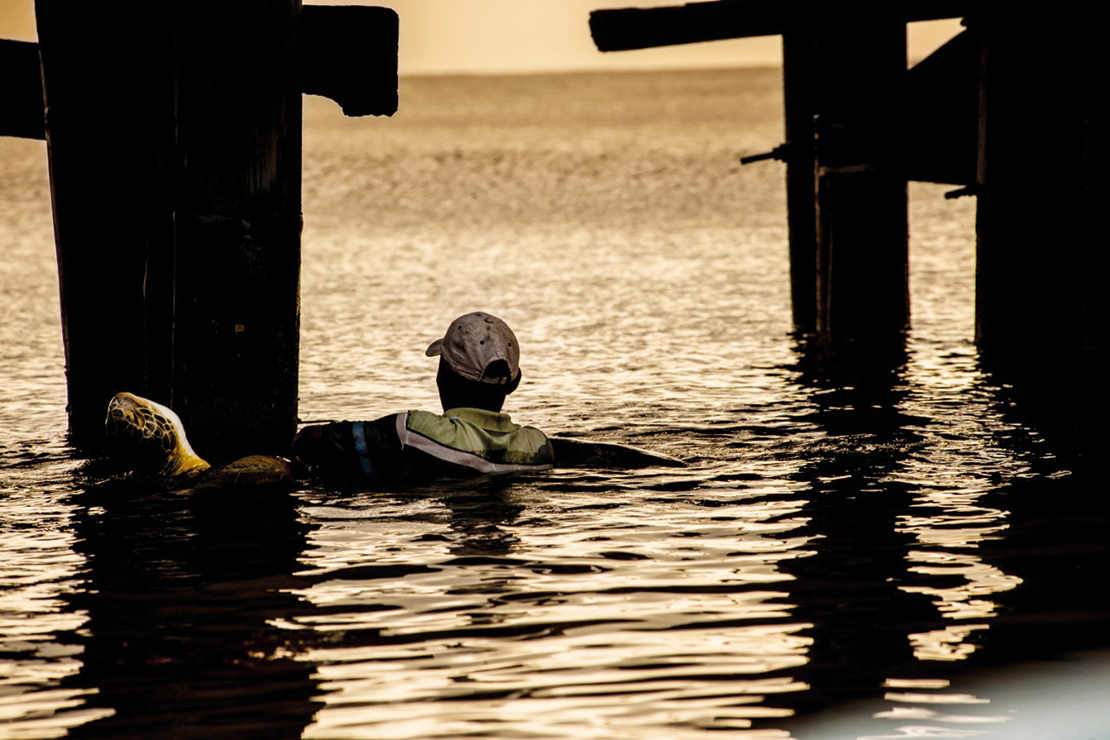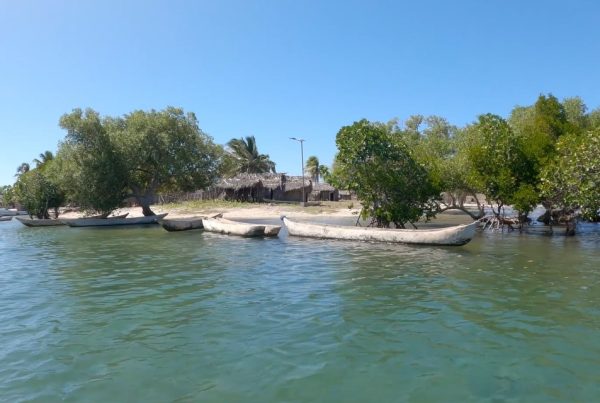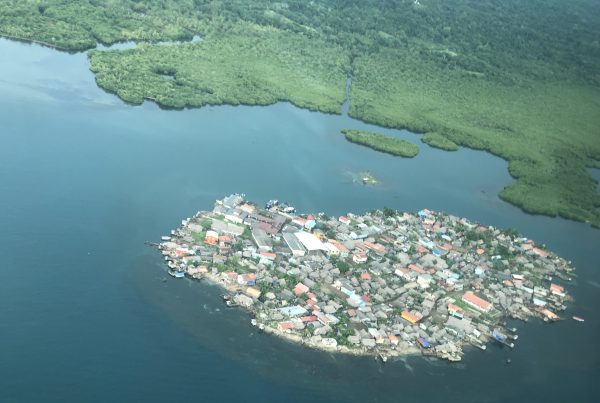For the Miskitu indigenous people, who inhabit the Caribbean coasts of Nicaragua and Honduras, the green sea turtle (Chelonia mydas) is a key natural resource in their food and spiritual systems and conservation efforts, and is a biocultural link that energises social relations, traditional knowledge and livelihoods.
In Nicaragua, the Miskitu indigenous people have maintained the practices of ancestral use of this resource, especially in the Cayos Miskitus Biological Reserve where important management efforts for sustainable use have been developed in collaboration with the Ministry of Environment and Natural Resources since 2005. The joint management process led to the creation of multi-level work commissions to ensure the implementation of use and conservation measures, including a four-month closed season, annual catch quotas, regulation of turtle meat trade in the cities, capture size parameters, and environmental education campaigns to generate a more responsible society towards its food, and to spiritual and recreational use. For the indigenous Miskitu, the implementation of turtle conservation and sustainable use policies represents historical cultural continuity and strengthening of traditional knowledge.
Miskitu fisherman with a turtle. In Nicaragua, the Miskitu have maintained the practices of the ancestral use of this resource. Credit: Paul Aguilar.
Author
- Jadder Mendoza Lewis, Pueblos Indigena Miskitu, Centro de Estudios y Desarrollo de la Autonomía de la Fundación para la Autonomía y Desarrollo de la Costa Atlántica de Nicaragua
Ecosystems
- Marine and coastal
Topics
- Conservation and sustainable use
- Food
Type
- Short-form
Date
- This case study forms part of LBO-2, originally released in 2020.



